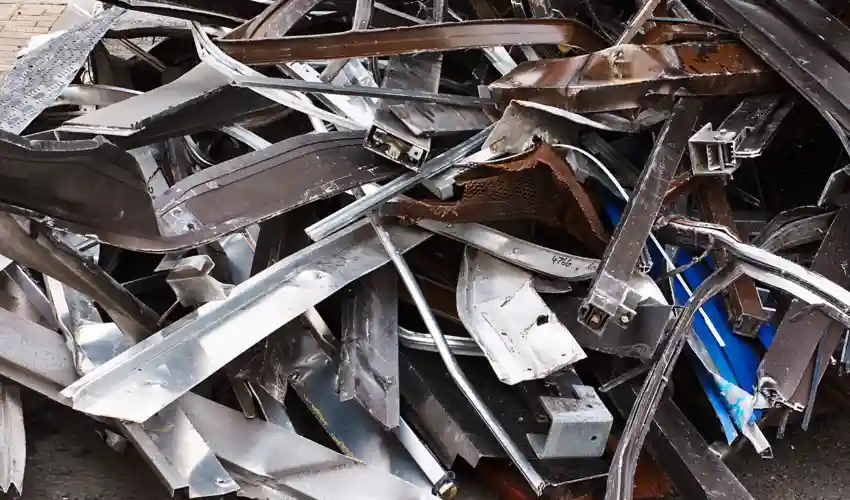Scrap steel prices fluctuate due to various factors, making it essential for businesses, recyclers, and investors to stay informed. Whether you’re selling scrap metal or sourcing materials, understanding these price trends can maximize profits and minimize losses.
What Determines Scrap Steel Prices?
Several key factors influence scrap steel prices:
- Global Demand and Supply – The demand for steel in construction, automotive, and manufacturing industries impacts scrap prices. When demand is high, prices rise, and vice versa.
- Market Conditions – Economic downturns, trade policies, and geopolitical issues can drive prices up or down.
- Steel Production Costs – Energy costs, labor, and raw material availability affect the cost of producing new steel, influencing scrap prices.
- Recycling and Processing Costs – The cost of collecting, sorting, and processing scrap metal also plays a role in pricing.
- Currency Exchange Rates – Since scrap steel is traded globally, exchange rate fluctuations impact its market value.
Types of Scrap Steel and Their Values
Not all bulk scrap metal for sale is priced equally. Common categories include:
- Heavy Melting Steel (HMS) – Often sourced from construction and demolition, HMS is in high demand.
- Shredded Steel – Made from crushed vehicles and appliances, it is widely used in steel mills.
- Stainless Steel – Contains valuable alloys like nickel and chromium, making it more expensive than regular steel.
- Cast Iron – Heavier and more brittle, but still a valuable scrap material.
How to Track Scrap Steel Prices
To get the best rates, you should:
- Monitor Market Trends – Websites like the London Metal Exchange (LME) and industry news platforms provide real-time updates.
- Check Local Scrap Yards – Prices vary by region, so contacting local recyclers helps in finding the best deals.
- Follow Commodity Indexes – Indices such as the American Metal Market (AMM) track fluctuations in scrap prices.
- Network with Industry Experts – Engaging in online forums and trade groups keeps you informed of price changes.
Best Practices for Selling Scrap Steel
If you want to maximize your earnings, consider these tips:
- Sort and Clean Your Scrap – Removing non-metallic materials increases value.
- Sell in Bulk – Large quantities often receive better prices.
- Time the Market – Sell when demand is high to get the best rates.
- Build Relationships with Scrap Dealers – Reliable buyers may offer better prices and priority deals.
Future Trends in Scrap Steel Pricing
The scrap steel industry is evolving, influenced by:
- Green Energy Initiatives – The push for sustainable materials increases demand for recycled steel.
- Technological Advances – Automation in recycling processes may lower processing costs.
- Global Supply Chain Disruptions – Events like pandemics and trade wars can cause price volatility.
Conclusion
Understanding scrap steel prices requires staying updated on market trends, economic factors, and industry developments. Whether you are a seller or buyer, knowledge is key to making profitable decisions in this dynamic market.
